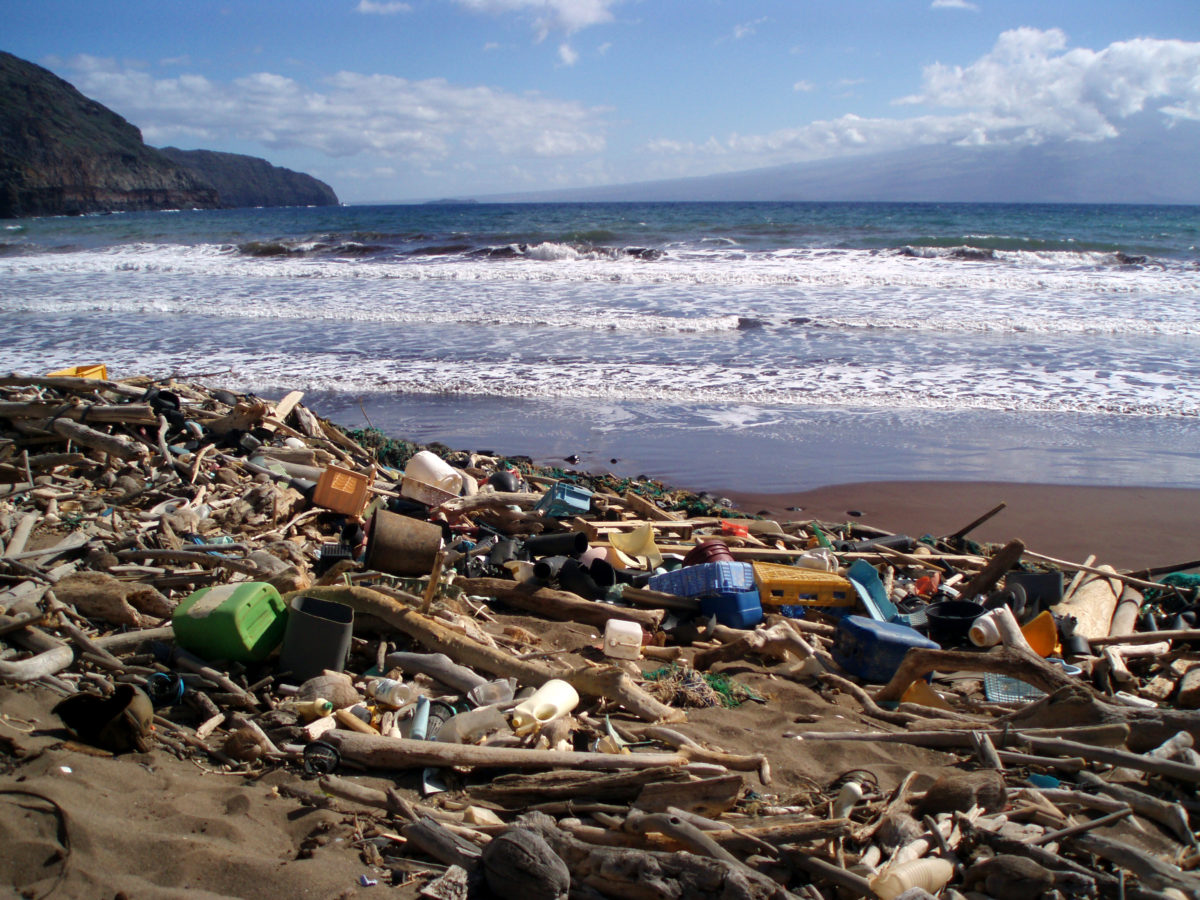Anne Bedarf shares what the experts had to say about marine debris, a complex issue of importance to many at SUSTPACK 2015.
Dr. Kara Lavender Law of the Sea Education Association kicked off the session with the review of the current science of marine debris. She debunked the idea that marine debris is like a floating landfill; rather, while sometimes individual objects can be seen in the open ocean, most of the debris takes the form of microplastics or ends up on beaches, shorelines, and the seafloor. There may even be significant portions within marine animals and seabirds, but this has yet to be quantified. There are a variety of sources, including waste and litter that flow from land, natural disasters, microplastics in wastewater, and maritime activities, including lost cargo.
Ted Siegler of DSM Environmental Services made the point that marine debris is not just an ocean problem, but an “all waterways” problem that can be seen in lakes and rivers. Expanding recycling to the point where all trash bins are paired with recycling bins, particularly in public spaces like parks and beaches, is one part of the solution. Collaboration to implement financing systems for locally-based waste collection systems is another important solution.
Dr. Linda Zettler at Brown University introduced the fascinating concept of the “Plastisphere,” the colony of microorganisms that can live on marine debris. The debris is surprisingly easy for populations to develop, acting as “an oasis in the desert” and can serve to transport invasive species and displace native species such as the endemic populations of the Sargasso sea.
Well-known expert on biodegradation, Dr. Ramani Narayan of Michigan State University, made the important points that:
- Biobased does not equal biodegradable or compostable.
- Marine biodegradability is setting up the wrong pathway for industry and for all of us; it is not a disposal environment.
- There is value if a product inadvertently enters the marine environment that it breaks down, if it isn’t toxic and is usable as “food.” However, the material can still persist for a long period of time and is not a solution — but reduces risk.
For more information.
The final speaker, Nicholas Mallos from The Ocean Conservancy made the important point that marine litter is not just plastic. A concerted global approach needed, and their project, the Trash Free Seas Alliance, aims to do just that and apply solutions to developing countries where no infrastructure exists. For more information:
The final question to be answered is: What about the consumer’s role? The point was made that at least in the U.S., we need to have recycling bins everywhere to send the message that materials have value and that recycling is important. Also, teaching children ocean literacy and the value of marine ecology will instill important values that will help solve this conundrum.


